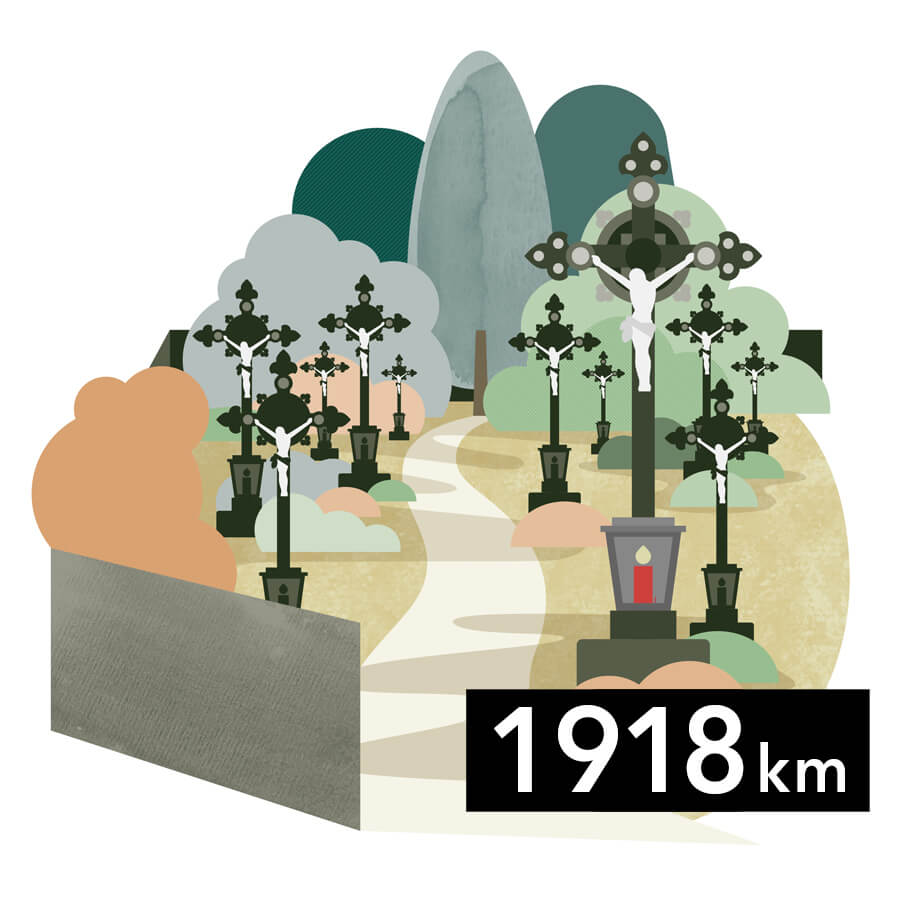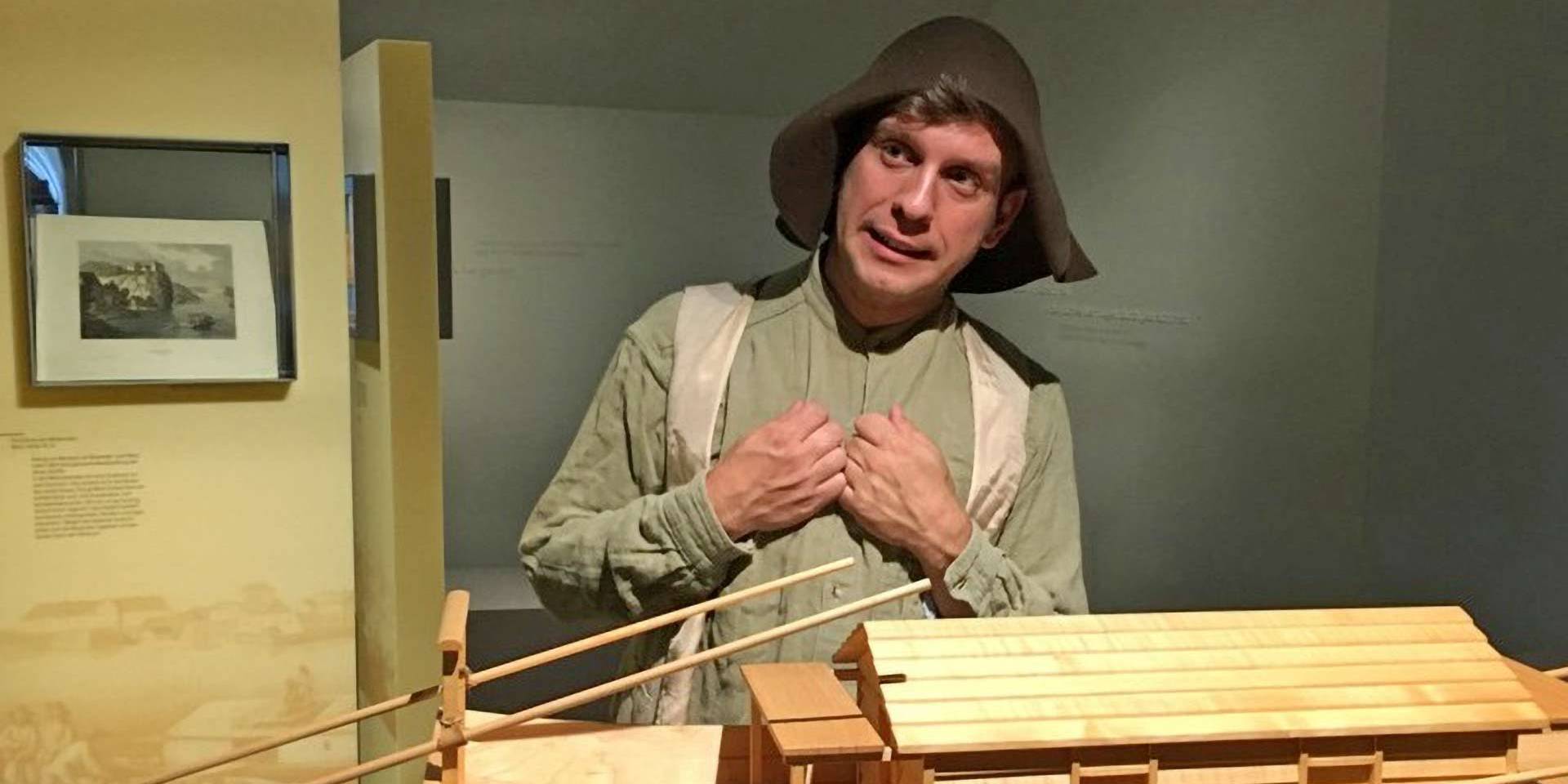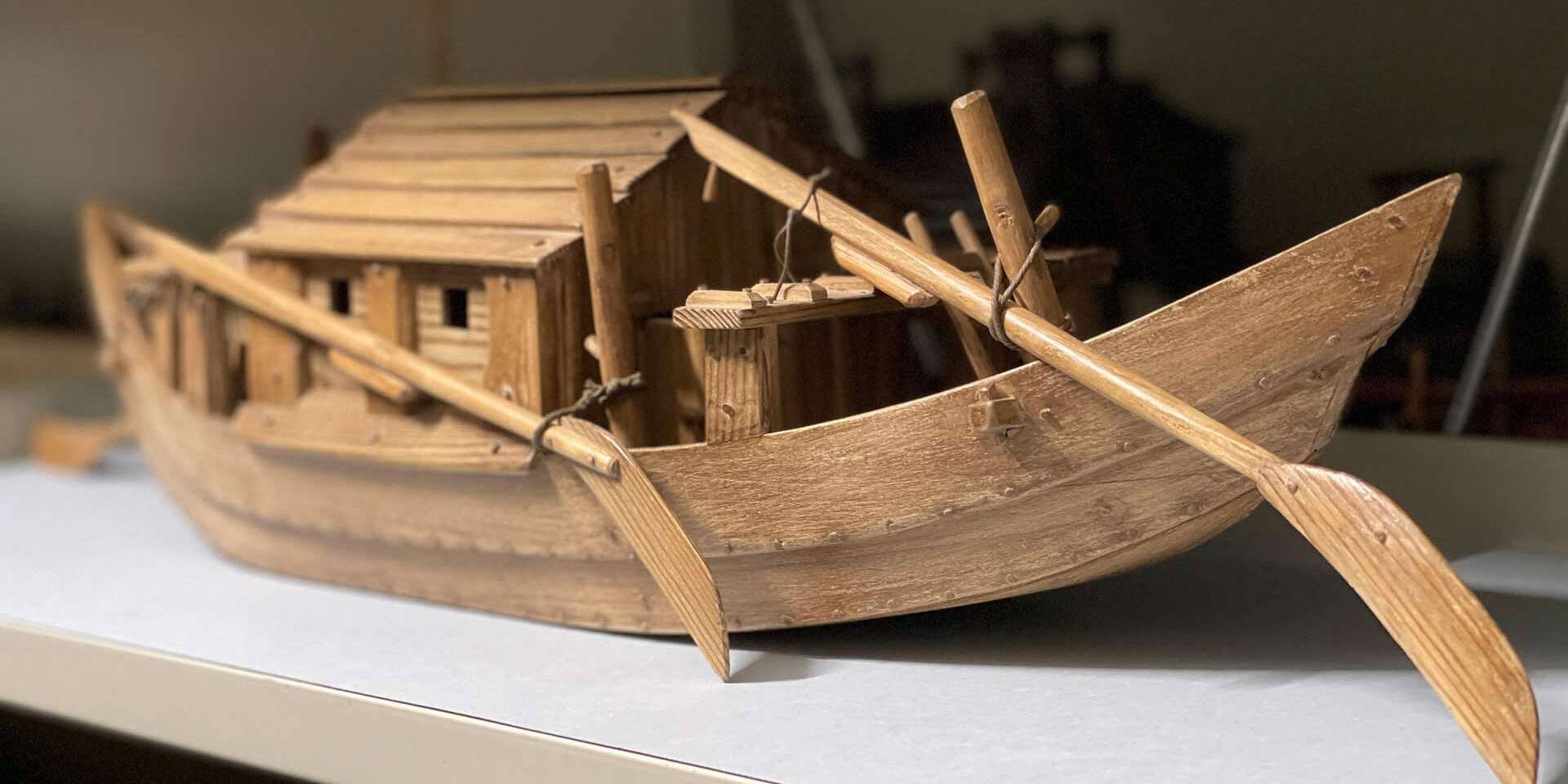Stories of life with the Danube: Meet the Danube dinosaur, pass rapids with the Ulmer Schachtel and visit famous coffee houses in Vienna and Budapest. We bring the Danube to the museum!
It is the second longest river in Europe and the only one that flows from west to east: the Danube connects people across many borders – and yet most people only know the small section on their own doorstep.
The exhibition takes you on a journey of discovery along the long, unknown river. A panorama of past and present, nature and society, politics and business emerges from 22 river stories.
On 550 m², objects, images, films and sounds tell in German and English about special people and animals, about being on the water and about the cultural diversity along this unique river.

Of life under water
The Donausaurian
Hard to believe: a Danube fish that was eight meters long! The Hausen (huso huso) was one of six species of sturgeon that used to live in the lower reaches of the Danube. Annually, the fish migrated upstream to spawn. Today all sturgeon species are strictly protected – and yet almost extinct. They are fished and their eggs traded as caviar at high prices. And the hydroelectric power station at the Iron Gate has prevented their migration since the 1970s.
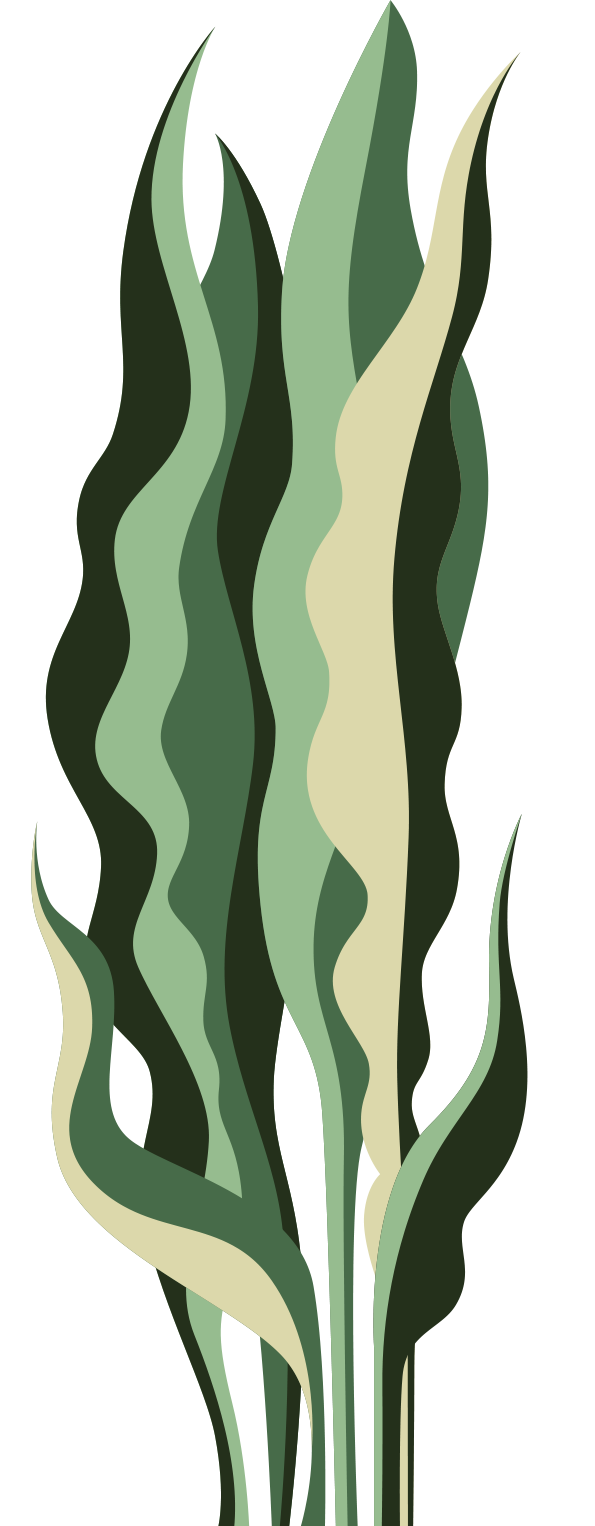
Across Europe
From the Black Forest to the Black Sea, the Danube flows almost 3,000 kilometers through ten countries: Germany, Austria, Slovakia, Hungary, Croatia, Serbia, Bulgaria, Romania, Moldova and the Ukraine – more than any other river on earth. Around 100 million people live in their catchment area today.
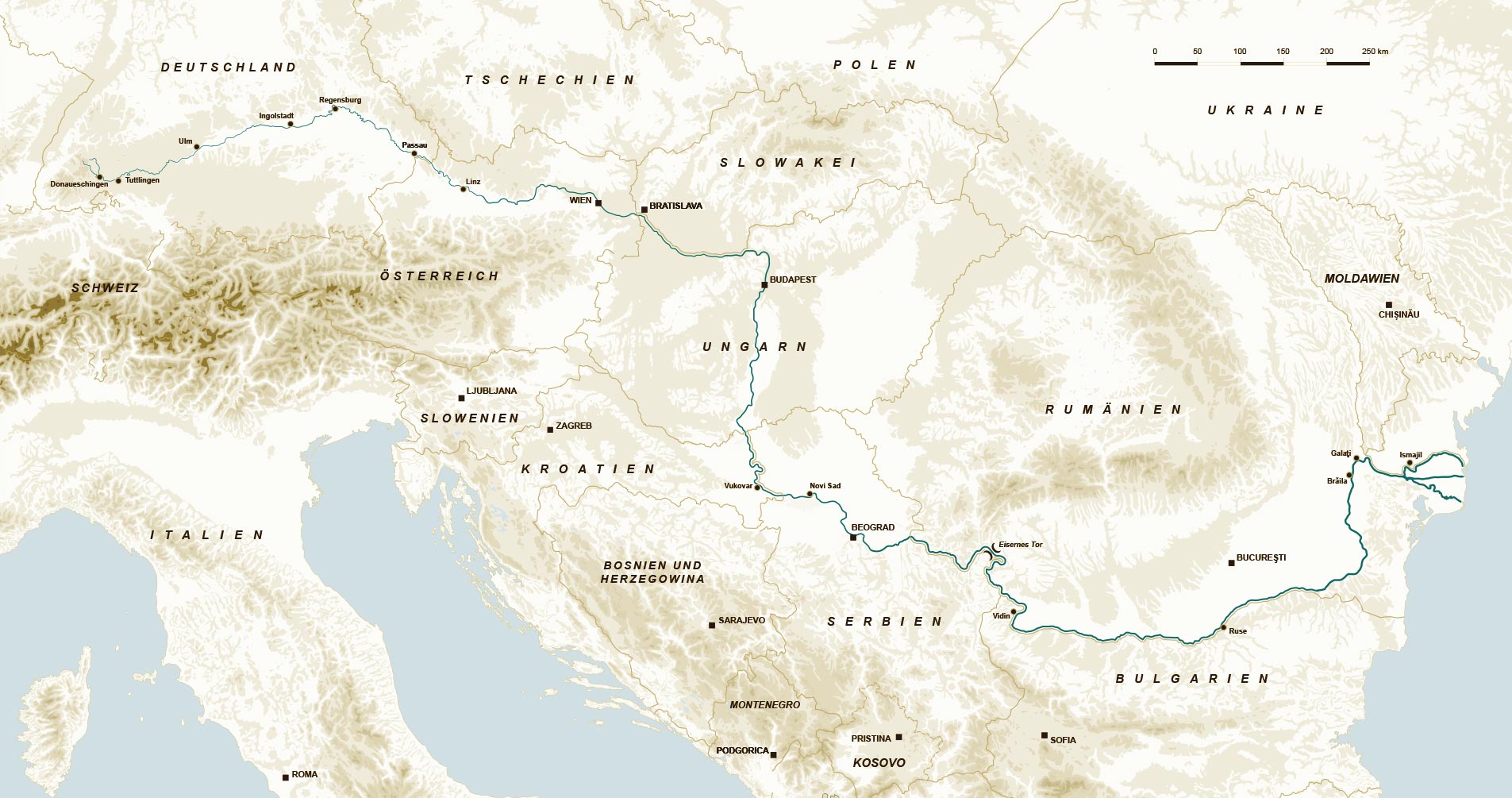
“Look at me, says the Danube. I am tall, beautiful and wise.There is no one in Europe who can hold a candle to me. "
György Konrád, Danube hearing, Ulm 1998
Cultural diversity
Sunken islands, wild things
A Turkish bazaar in the middle of the river, the carnival procession of the noisy buschos in Pécs in southern Hungary, the traditional fishing in the Serbian town of Apatin – on the banks of the Danube there is cultural diversity like nowhere else in Europe. The exhibition traces this unique mixture and its background.
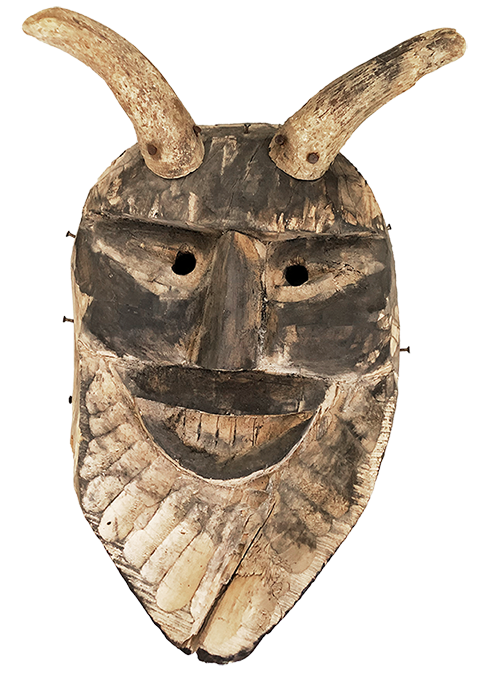
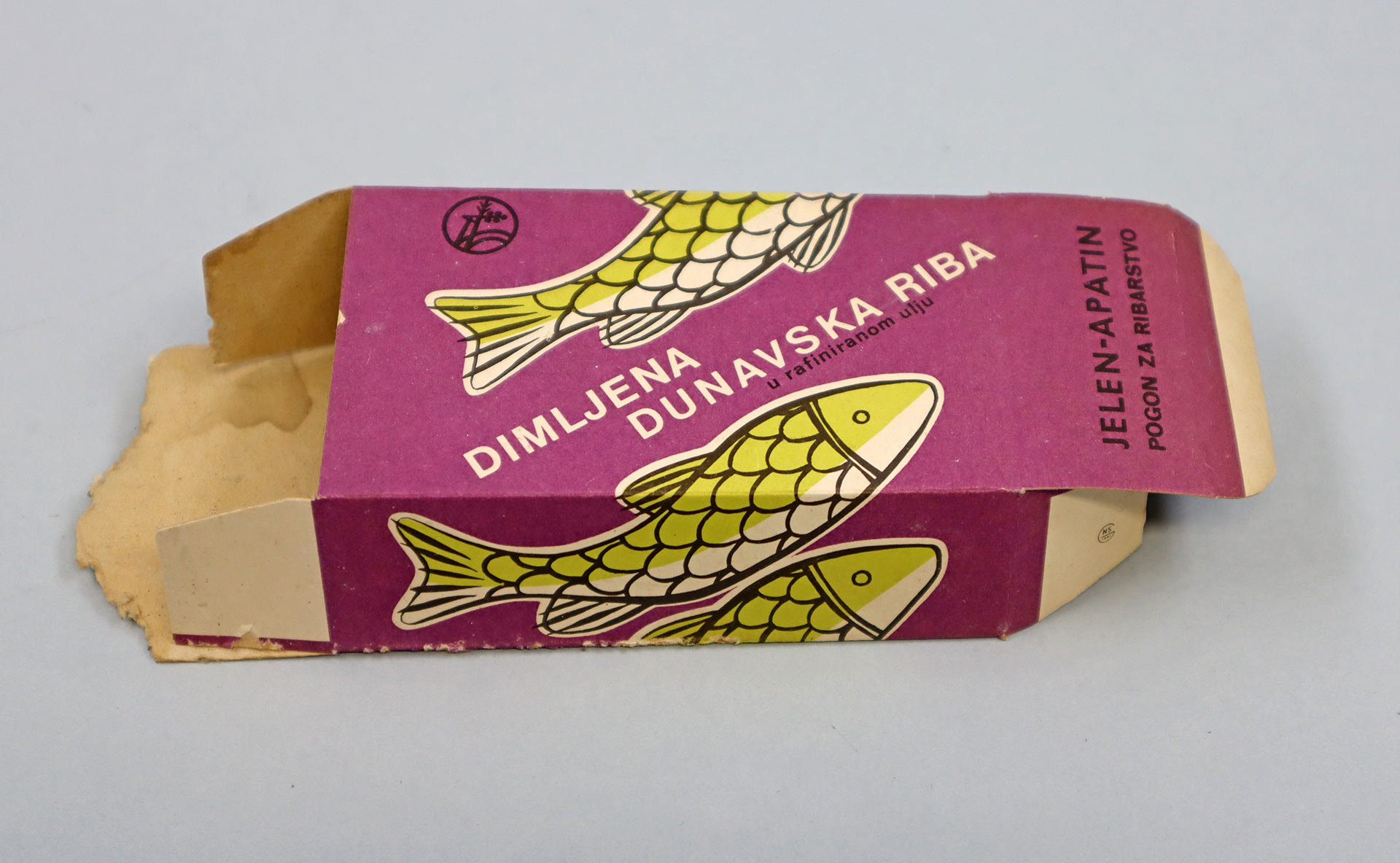
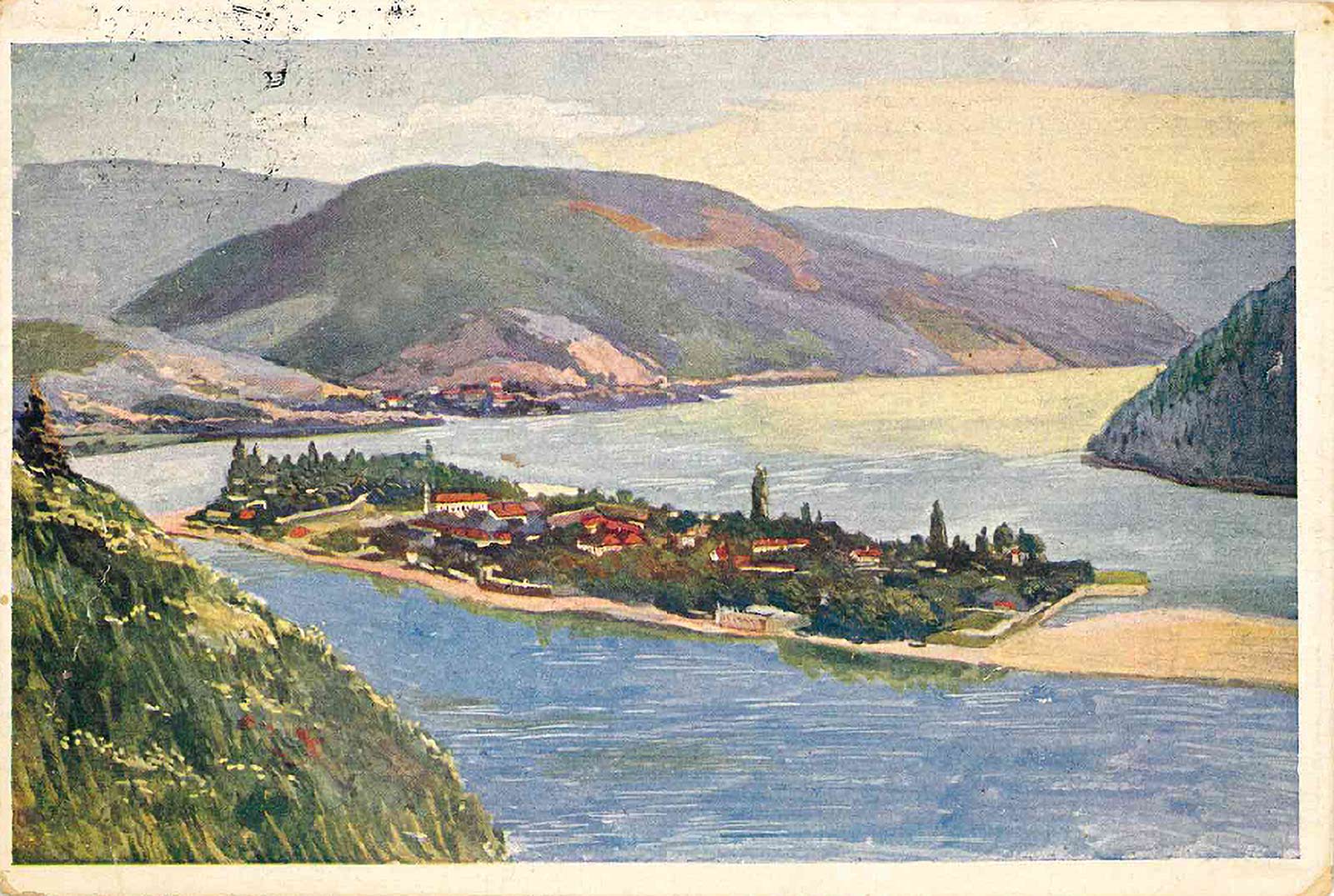
To participate
Box ride, aquatic animals, traffic flow
Who manages to steer the Ulmer box safely around bridge piers and water whirlpools to its destination? Who can tell from the tiny creatures in the water how clean the river is? Who understands the navigation signs and puts the waterway network together? Participation stations invite children and adults to try things out.
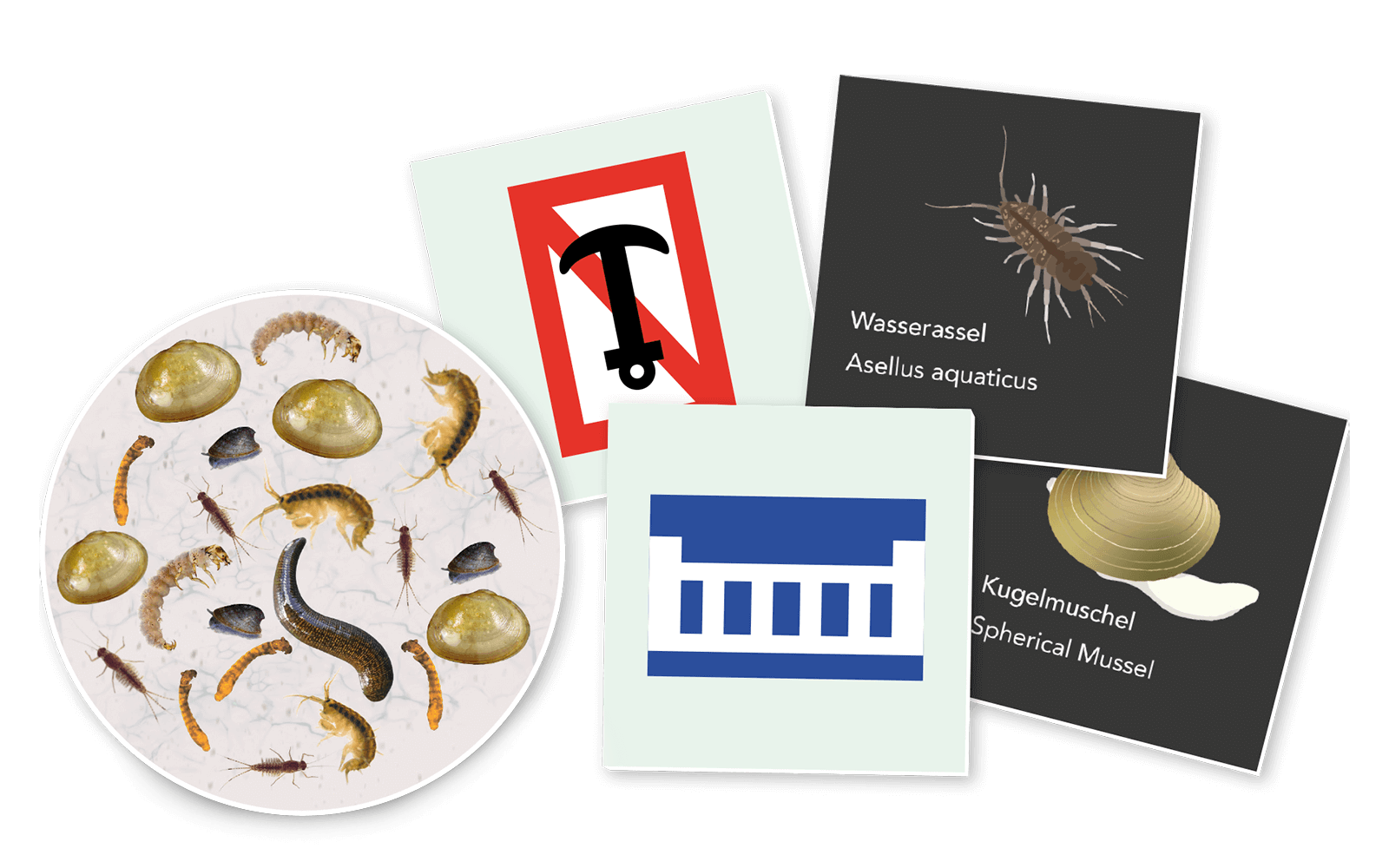
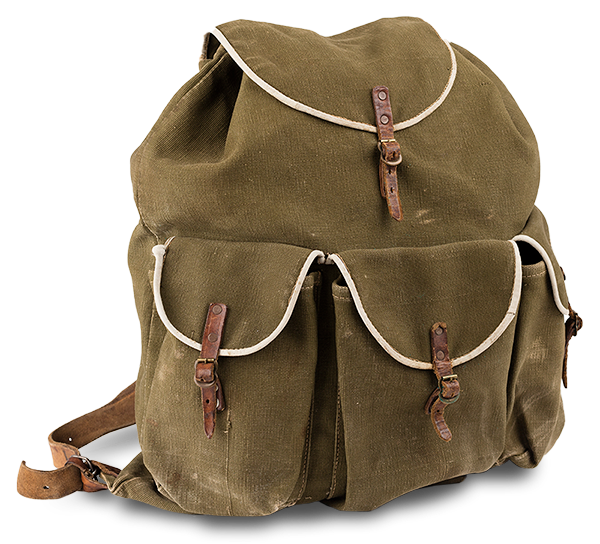
Border Danube
Escape across the river
May 22, 1979. Under the cover of night, the Swabian Gernot Eamandi from Banat carries a rubber dinghy to the bank in this backpack. He manages the life-threatening escape from communist Romania via Yugoslavia to the West. The exhibition commemorates many attempts to escape on the Danube, which often ended in tragedy. In 1939 persecuted Jews from Vienna tried to escape down the river. In 1944, Danube Swabians fled upstream from the front.
21 stops
Danube kilometers
Between the mouth (km zero) and the source (km 2857), the Danube has plenty of space for special places. Even those who think they know the river well will discover something surprising: perhaps the Cemetery of the Nameless (km 1918), an Ulmer box used as a classroom (km 1480), one of the largest swamp areas in Europe (km 1380) or the longest Danube bridge (km 796) .
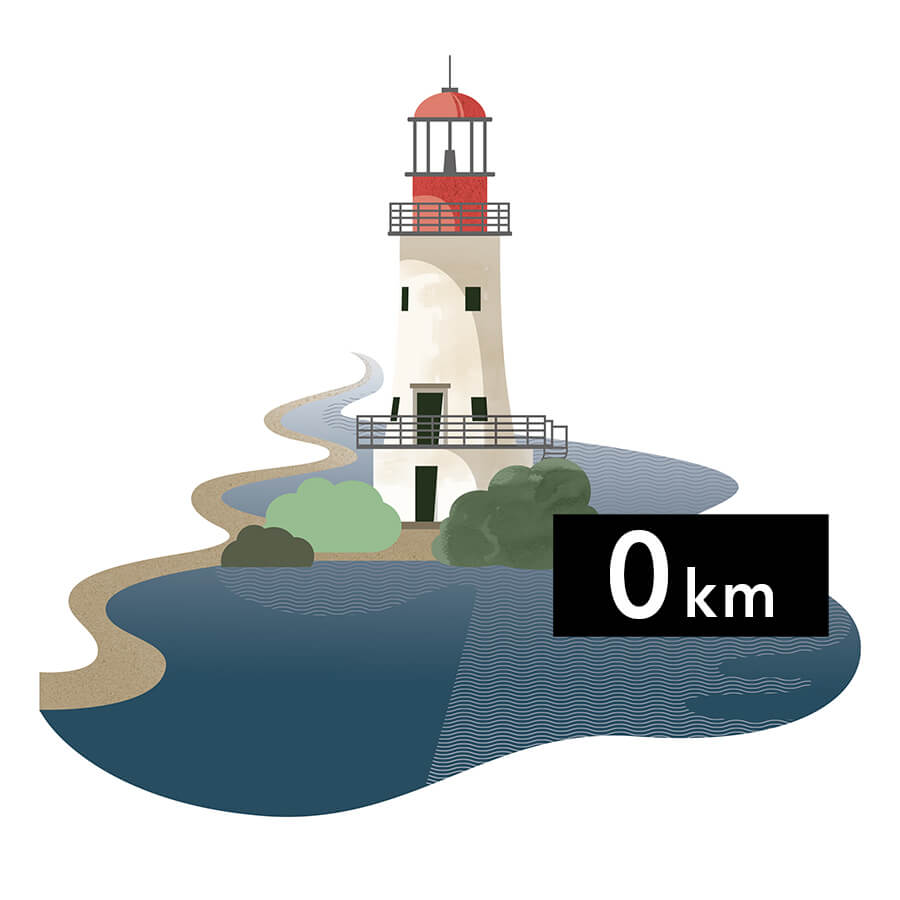
Danube ghosts, ship mills and wild buschos
Research assistant Henrike Hampe will take you on a journey through the exhibition "Danube. River Stories.
Offers
Group tours
Special offers for groups
Children and families
Experience, tinker, play
School in the museum
Guided tours and workshops




